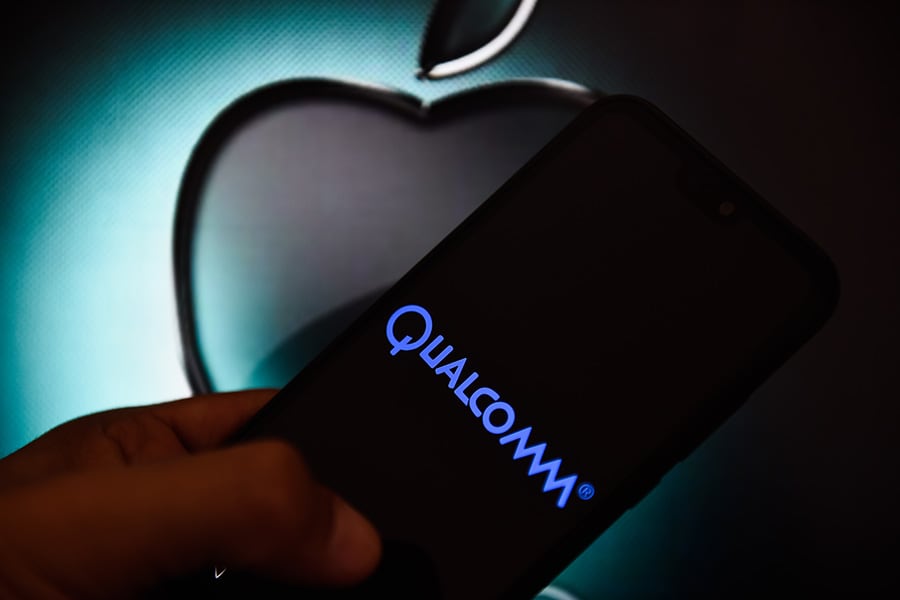
Apple and Qualcomm settle all disputes worldwide
Just as a trial had begun in a federal courtroom in San Diego over a suit Apple had filed against Qualcomm, the two companies said they had essentially made up
 Photo Illustration by Omar Marques/SOPA Images/LightRocket via Getty Images
Photo Illustration by Omar Marques/SOPA Images/LightRocket via Getty ImagesSAN FRANCISCO — For the past two years, Apple and Qualcomm have dueled on three continents over the division of billions of dollars of smartphone profits and even how much consumers pay for their phones.
On Tuesday, just as a trial had begun in a federal courtroom in San Diego over a suit Apple had filed against Qualcomm, the two companies said they had essentially made up.
The companies, one the maker of iPhones and the other the largest provider of mobile chips, said they had agreed to dismiss all litigation between them worldwide. They added that they had reached a six-year agreement for Apple to pay unspecified royalties on Qualcomm’s patents.
That deal, which was effective as of April 1, included a two-year option for an extension, plus a multiyear agreement for Qualcomm to supply chips to Apple. In addition, Apple will make an undisclosed one-time payment to Qualcomm.
At the heart of the disputes was a disagreement over how Qualcomm charges royalties on patents that it holds on mobile chips. The company, based in San Diego, had pioneered a type of cellular communications in the 1990s that later became a mainstay of mobile devices. That allowed it to charge royalties on nearly every smartphone sold — even if the phone did not actually use Qualcomm chips. Apple eventually objected to that arrangement.
The provisions of the deal announced Tuesday suggest at least a partial victory for Qualcomm and its patent-driven business model, which has also attracted harsh scrutiny from regulators like the Federal Trade Commission. Qualcomm’s shares, which have been hurt by the two-year dispute with Apple, jumped 23 percent on word of the settlement.
©2019 New York Times News Service




